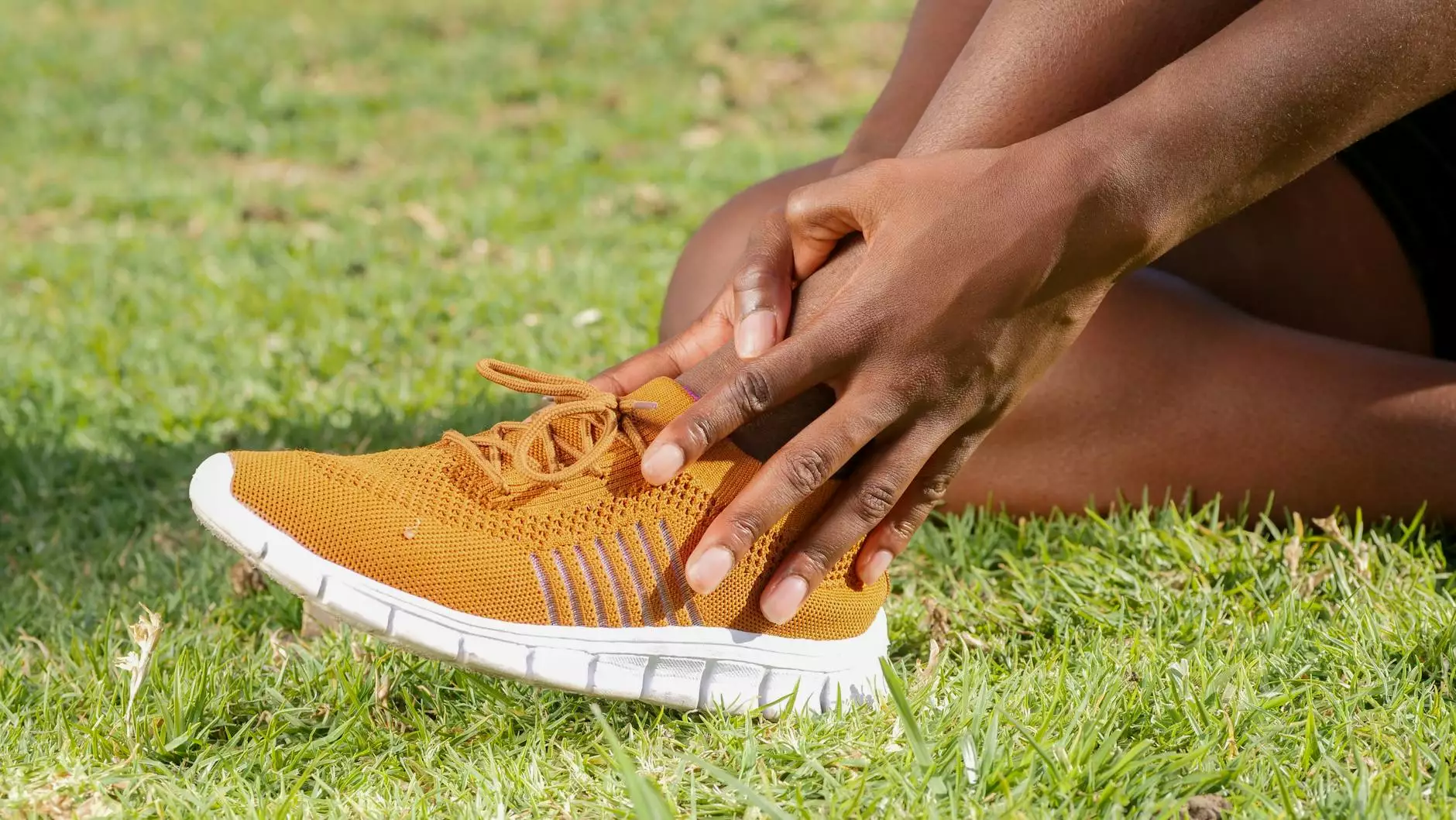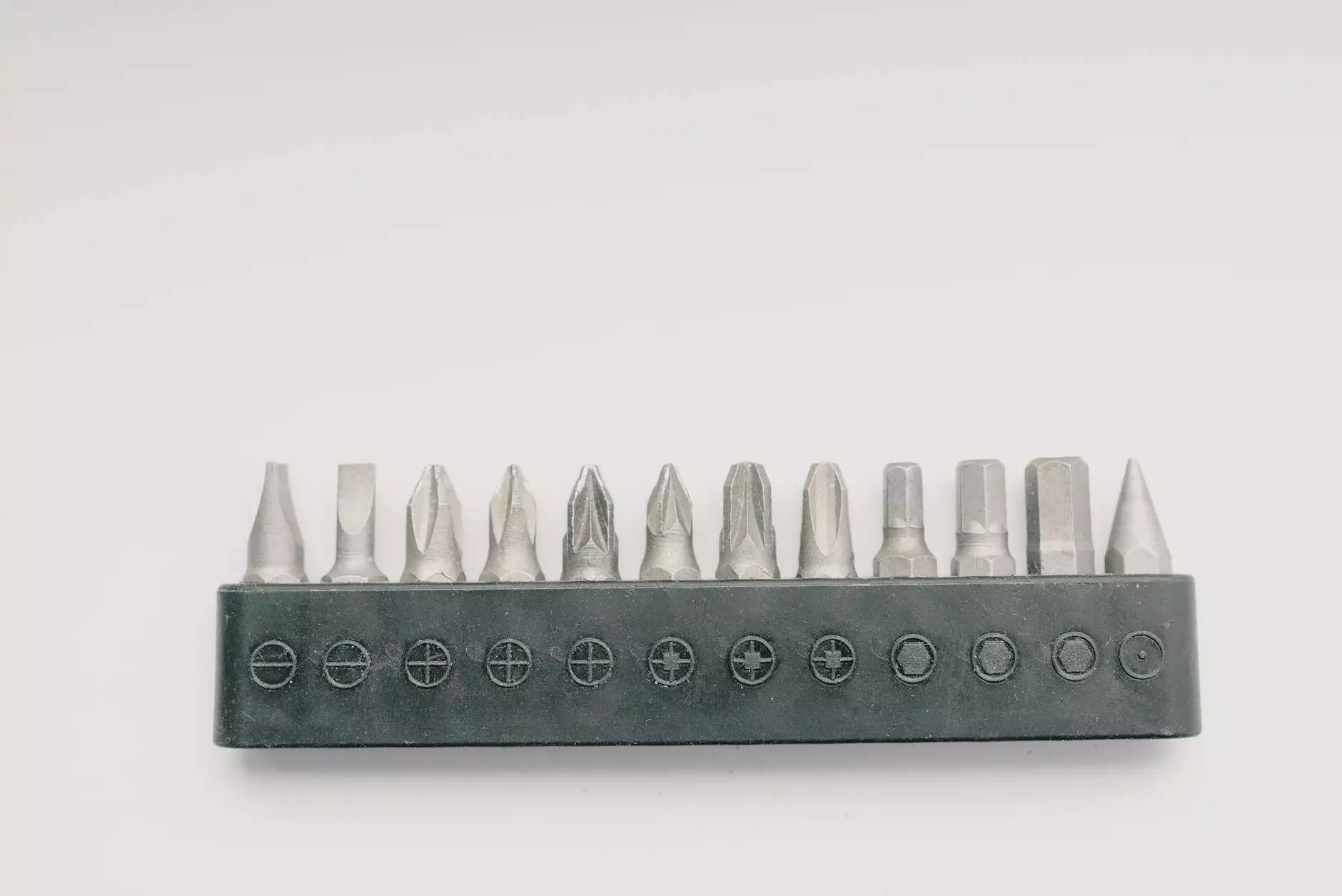The Ultimate Guide to 4x4 Recovery Gear for Off-Road Adventurers

When it comes to exploring the great outdoors in your 4x4 vehicle, being prepared for the unexpected is crucial. Whether you're traversing rugged terrains, muddy trails, or sandy dunes, having the right recovery gear can mean the difference between a thrilling adventure and a frustrating ordeal. In this comprehensive guide, we will delve deep into the world of 4x4 recovery gear, exploring its importance, the various types available, and tips on choosing the right equipment for your needs.
Why is 4x4 Recovery Gear Essential?
The primary purpose of 4x4 recovery gear is to assist vehicles that become stuck or immobilized while off-roading. Accidents and mishaps can occur due to various factors, including:
- Mud and Wet Conditions: Driving through muddy areas can cause vehicles to get bogged down.
- Sand: Soft sandy surfaces can quickly trap tires.
- Steep Terrain: Inclines, declines, and steep drops can lead to loss of traction.
- Mechanical Failures: Breakdowns happen, even to well-maintained vehicles.
Being equipped with the right 4x4 recovery gear can ensure that you are always prepared for these challenges, making your off-road journey not only more enjoyable but safer as well.
Key Types of 4x4 Recovery Gear
1. Recovery Straps and Ropes
Recovery straps and ropes are vital tools for towing and pulling vehicles out of tough spots. They come in various materials, such as nylon and polyester, each offering unique benefits:
- Nylon Recovery Straps: Known for their elasticity, these straps can stretch and absorb shock loads.
- Polyester Recovery Ropes: These offer less stretch, making them ideal for controlled pulls, like recovering a vehicle from a ditch.
2. Winches
A winch can be a game changer when you find yourself in a challenging situation. It is a mechanical device that pulls heavy loads using a rope or cable. Choosing the right winch involves considering:
- Pulling Capacity: Ensure the winch can handle at least 1.5 times the weight of your vehicle.
- Type of Winch: Electric winches are more common, while hydraulic winches are often more powerful but require additional setup.
3. D-Ring Shackles
D-ring shackles are essential for connecting recovery straps and winch lines to the vehicle. They come in various sizes and materials, most commonly steel or aluminum. When selecting D-ring shackles, consider:
- Working Load Limit: Ensure it matches the maximum load you're likely to encounter.
- Material Strength: Steel shackles tend to be stronger than aluminum ones.
4. Tire Repair Kits
A tire repair kit is a crucial component of your 4x4 recovery gear. Off-road driving can lead to punctures and flats, making it necessary to be able to fix a tire on the go. Most kits include:
- Tire plugs for quick fixes
- A tire inflator or compressor to reinflate tires
- Basic tools for removing and replacing tires
5. Traction Mats
Traction mats are specially designed mats that provide extra grip for tires in slippery conditions. They can be used for various situations, such as:
- Mud: Place them under the tires for immediate traction.
- Sand: They help in preventing tires from sinking.
- Snow: Traction mats can aid in getting vehicles out of snow drifts.
6. Snatch Blocks
Snatch blocks are used in winching setups to double the pulling power or change the direction of the pull. They are indispensable when more force is needed to recover a stuck vehicle.
Choosing the Right 4x4 Recovery Gear
With so many options available, selecting the right 4x4 recovery gear can feel overwhelming. Here are some guidelines to help you choose wisely:
1. Assess Your Needs
Consider the terrains you'll be driving in and the common obstacles you might face. Your choice of recovery gear should align with these factors.
2. Quality Over Price
Investing in high-quality gear is vital for your safety and effectiveness. Cheap equipment may fail when you need it most, leading to dangerous situations.
3. Compatibility
Ensure that all your recovery gear is compatible with your vehicle type and size. This includes checking the rated weights and limits of each component.
4. Educate Yourself
Understanding how to properly use 4x4 recovery gear is essential. Consider taking a recovery training course or watching tutorials to become familiar with the equipment.
Safety First: Using 4x4 Recovery Gear
Using recovery gear safely is just as important as having it. Here are some best practices:
- Inspect Your Gear: Before each trip, examine your recovery equipment for wear and tear.
- Stand Clear: When using recovery equipment, ensure all onlookers are at a safe distance.
- Use Proper Techniques: Learn the correct methods for using straps, winches, and other recovery tools.
Conclusion
Equipping yourself with the right 4x4 recovery gear is not just about convenience; it's about ensuring your safety and the safety of your fellow adventurers while exploring the unknown. By understanding the various types of recovery gear available, the factors to consider when choosing them, and safety practices for their use, you can embark on your off-road journeys with confidence. Remember, the right gear could be the difference between a fun-filled day and a frustrating experience.
For top-quality 4x4 recovery gear and other automotive supplies, visit offroad-zone.com to explore an extensive range of products tailored for your off-road needs.









